Unpacking Diversity
For some people, dealing with diversity feels like tiptoeing in a minefield. Certainly, cultural stereotypes, misunderstandings, and lack of experience in communicating in culturally diverse settings can lead to everything from communication hiccups to severe crises. Our attitudes, prejudices, ignorance, and biases, shape all social interactions. The good news is that it is possible to learn how to successfully manage diversity. True to self, I use humour as one of many tools to shed light on both successful and less appropriate ways of handling diversity and cultural complexity.
Embodied Experience
I have the embodied experience of being ‘the other’ in multiple settings, for instance, migrating to Norway and not understanding the cultural codes or language. I also spent a big chunk of my career working with various practical aspects of the resettlement of refugees in Norway, including counselling and teaching newly arrived refugees, and training scores of their ‘helpers’. I pair my multi-layered practical and embodied knowledge, and my academic training, with my innate ability to communicate in clear, accessible formats. This unique blend seems to hit the spot. I also share illustrative examples of the times I tried so hard to communicate successfully but failed miserably. Such experiences of ‘communication shut down’ - however painful -or - painfully funny - are situations we can pick apart and learn from. To a certain degree all communication is about trial and error, and taking a leap of faith. (This website is a case in point.)
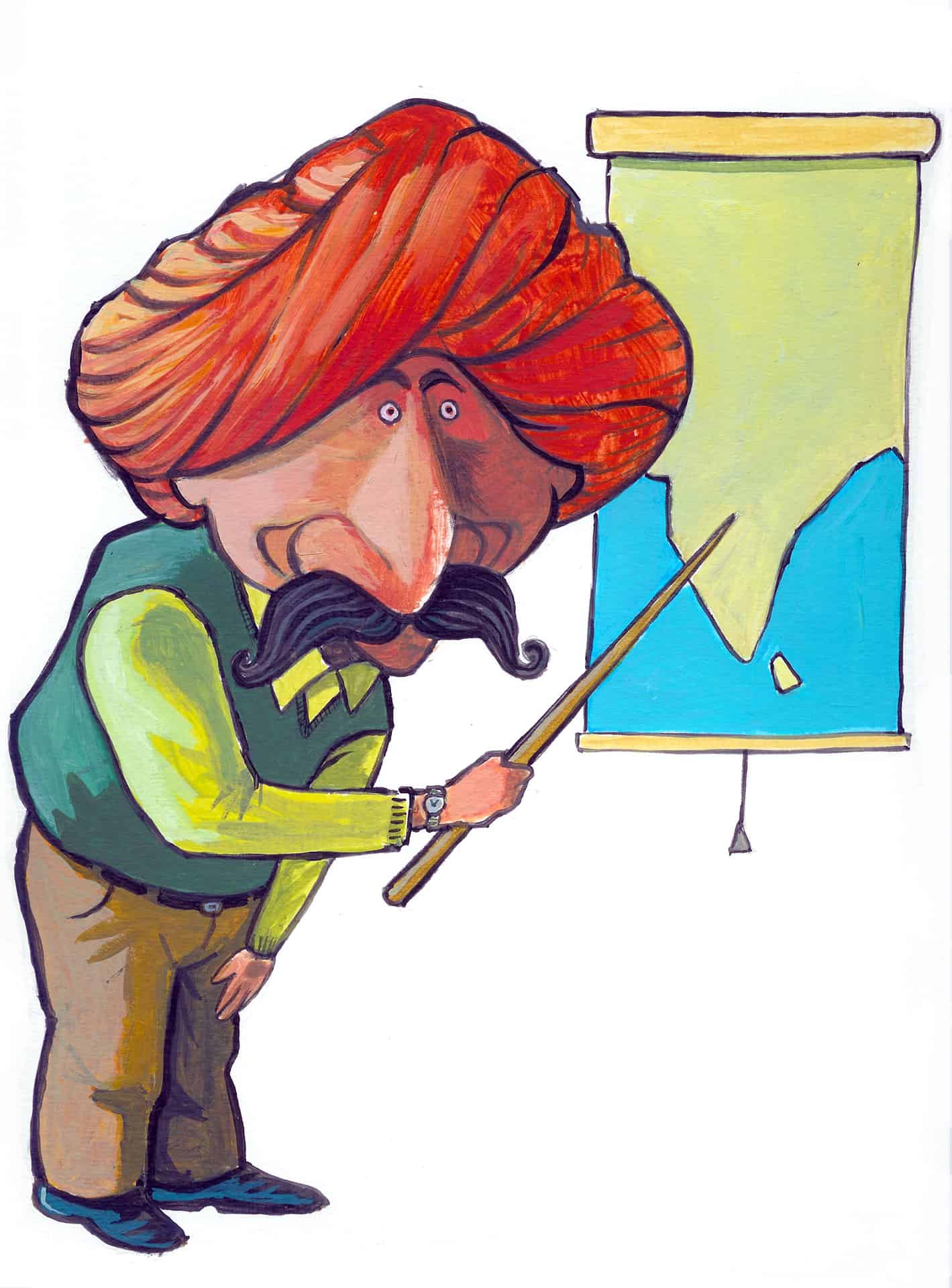
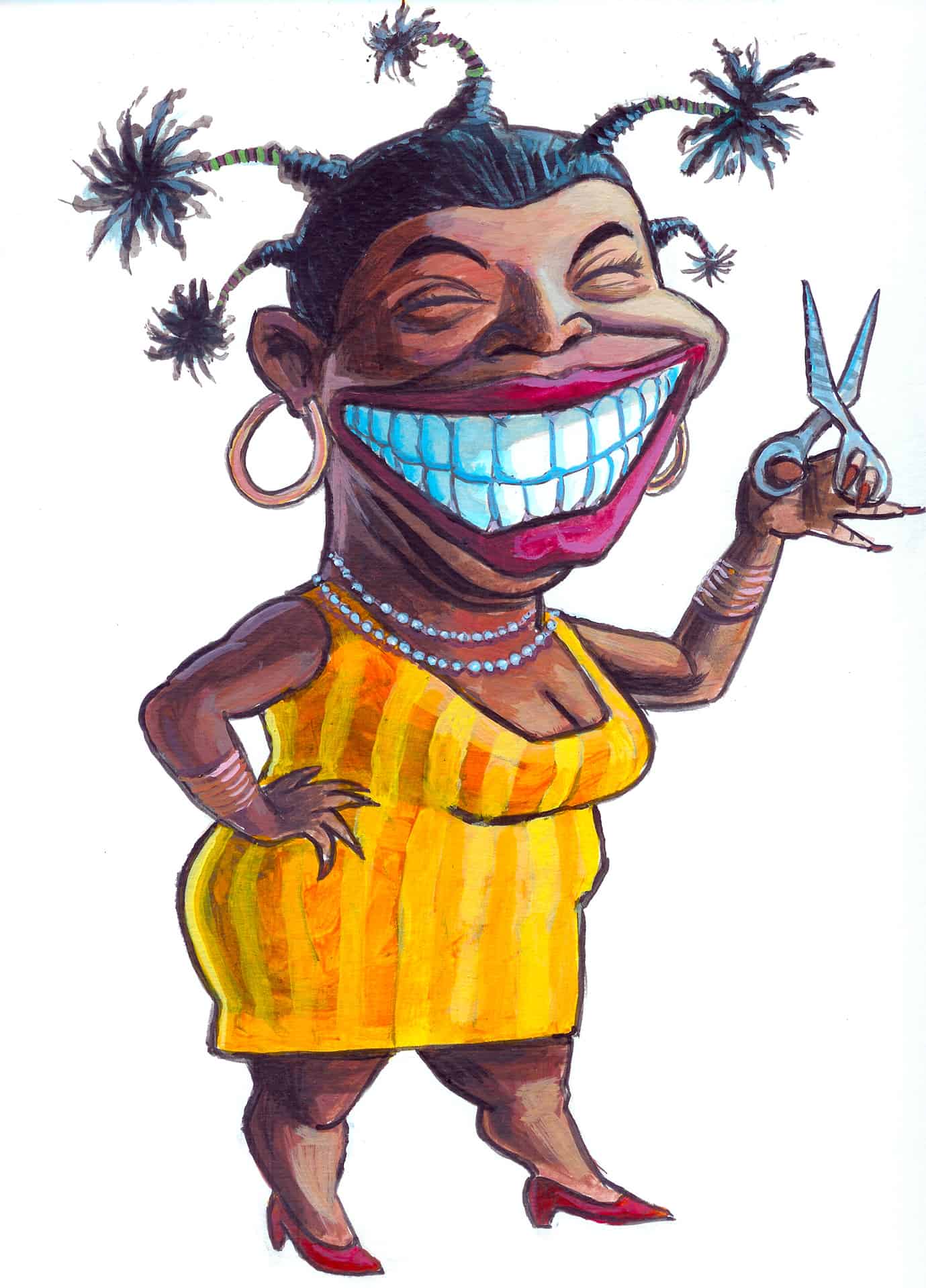
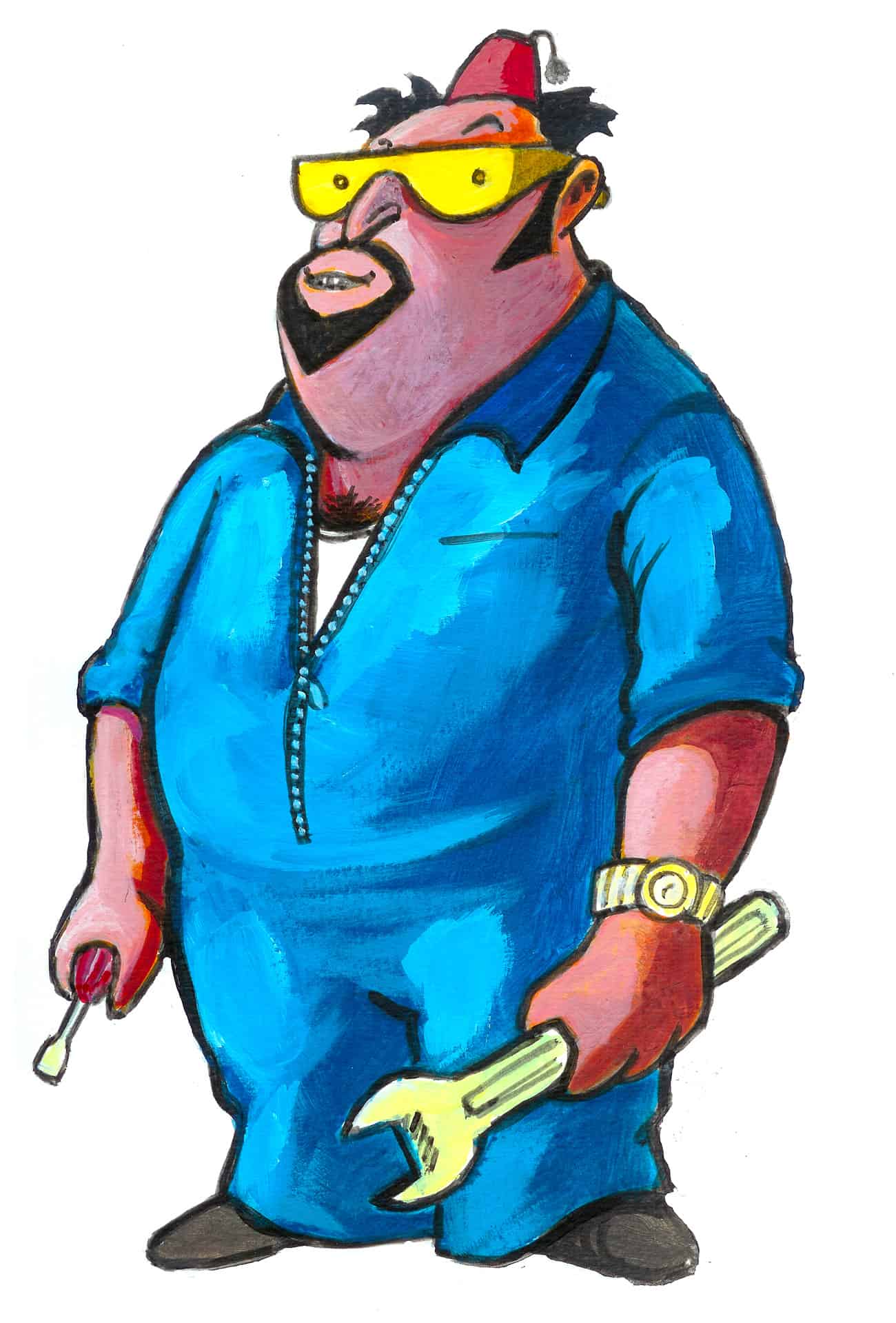
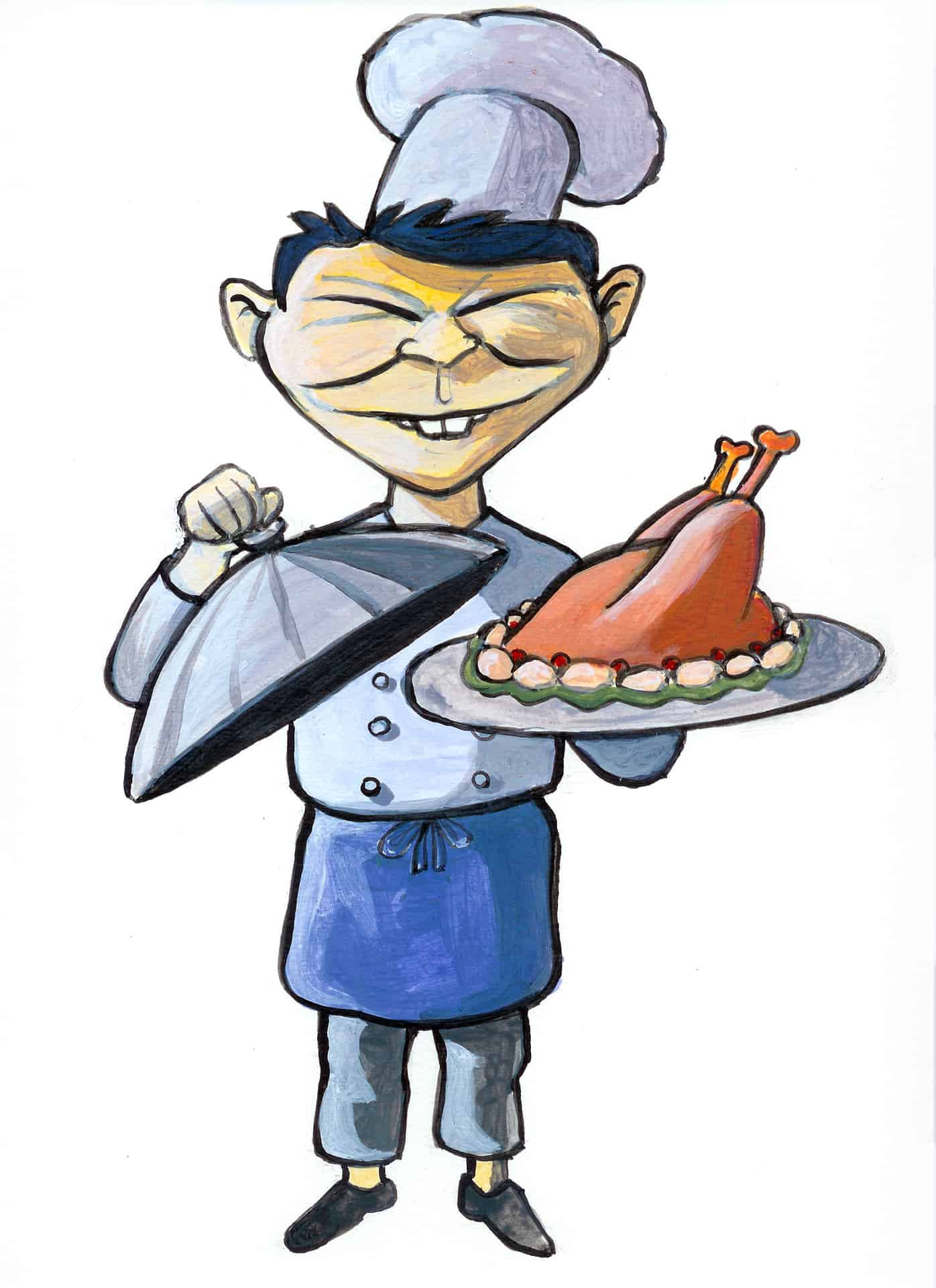
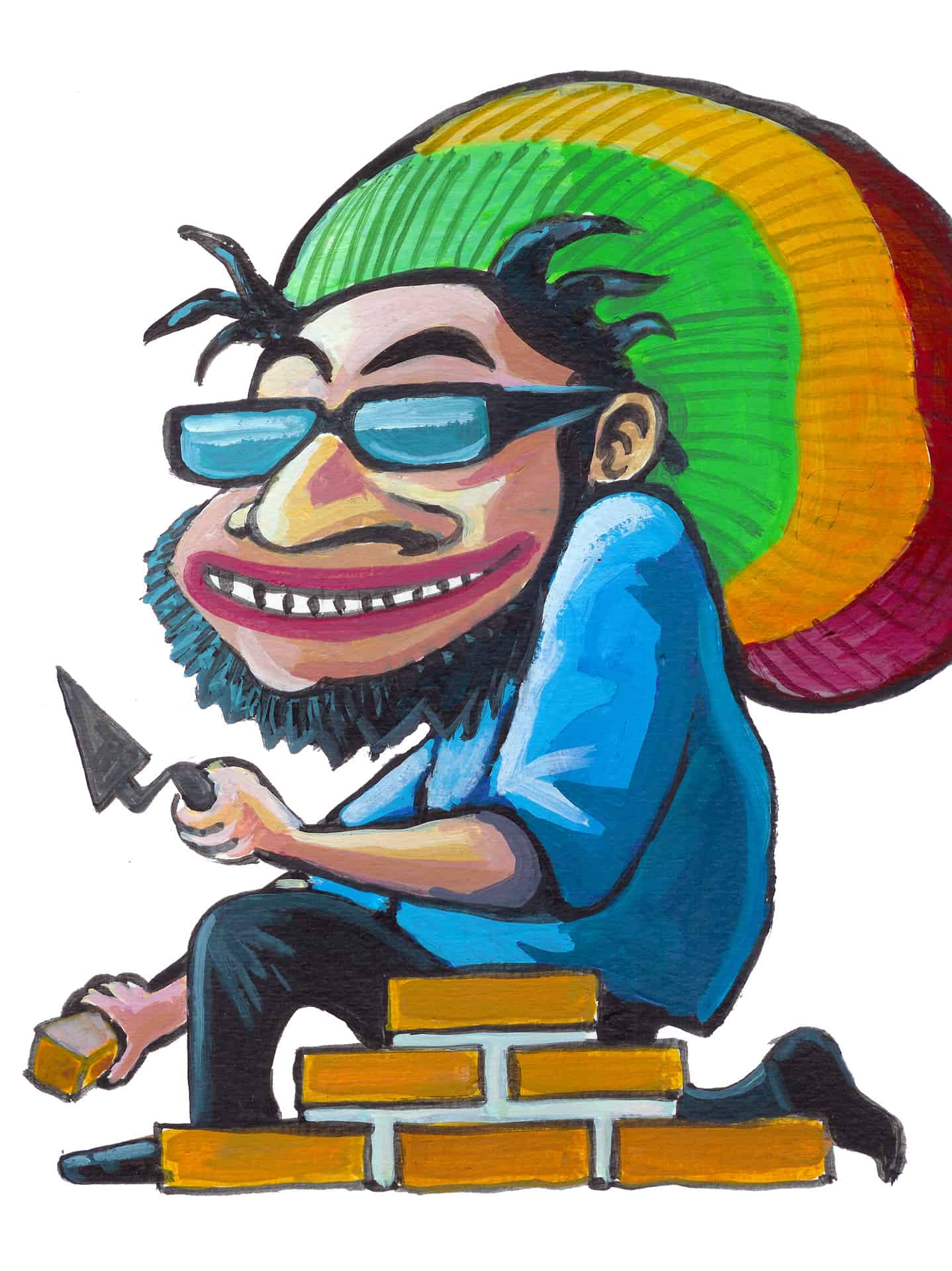

Shaking Up Communication
I do not consider myself reckless, but I do take risks in my communication both face to face and in writing. Many years ago, I commissioned these 7 humoristic illustrations by Øyvind Westgård which were placed side by side and run as an ad with the text, ‘Did you know that 7 out of 10 refugees get a job within 2 years? The ad was bold and humoristic enough to gain attention. But, it was also designed to create awareness about the resilience, dedication, and societal contributions of the people who seek refuge in Norway. The drawing of the policewoman in uniform and hijab – has since then - moved from fiction/ prediction to reality. This quirky ad marks the first professional collaboration between Øyvind and myself. As you can see from this website, I continue to have a sweet spot for the way this particular illustrator ruffles up the world.
Working With Real Problems
Sidestepping a purely academic career enriches everything I do. I have extensive experience counselling a wide range of practitioners in managing cultural and religious diversity in practice, and facilitating finding solutions to actual conflicts, challenges, or communication problems, that they face in the workplace. I provide customised multicultural communication & diversity training sessions for a variety of professions. Whatever the practitioners identify as the problem – we work on. The solution may come as a surprise, but that is a different story.
Solution-Focused Counselling Approaches
I seamlessly integrate cultural knowledge and critical diversity perspectives into the counselling services I provide. I offer solution focused counselling to individuals and groups. I facilitate peer -to -peer counselling and skills exchange for groups. Counselling sessions are safe spaces where the counselees must feel the support of the group and/or counsellor. This is a responsibility I take seriously. If you want a more research-based take on all of this stuff, I am happy to comply, as my PhD will attest to.
Counselling Techniques & Skills Focus
Reflecting team, role-play, perspective-taking, and empty chair, are among the counselling techniques I use to focus on developing particular skills. I facilitate and run role-play sessions for educational, personal growth, and counselling purposes. Role-play is often a very useful tool to: assist practitioners in breaking out of their regular communication patterns, learn how to identify cultural patterns of communication, and for practicing new communication techniques. I can also throw in a bunch of fun improv exercises to train communication skills, as long as the setting allows for such extravagance and lightheartedness.
Diversity Training Courses
I have designed a multitude of tailored diversity training courses for practitioners (such as teachers, child protection officers, social workers, doctors, psychologists, integration officers, front desk officers, volunteers, and counsellors), and students enrolled in the Introduction Programme. The list is not exhaustive. My diversity training courses focus on cultural encounters, patterns of communication in practice, and ways to manage conflicts. These courses are tailored to different participants but typically they are highly interactive, and include critical explorations of cultural relativism and othering, and promote self-reflexivity, peer -to peer support, and a strong resolution and practical skills focus. A related goal is to improve public services, multicultural communication, and multilingual info material, targeting minorities. Working with hands-on counselling and training practitioners is incredibly rewarding and meaningful. It also feeds my save- the- world -complex.
